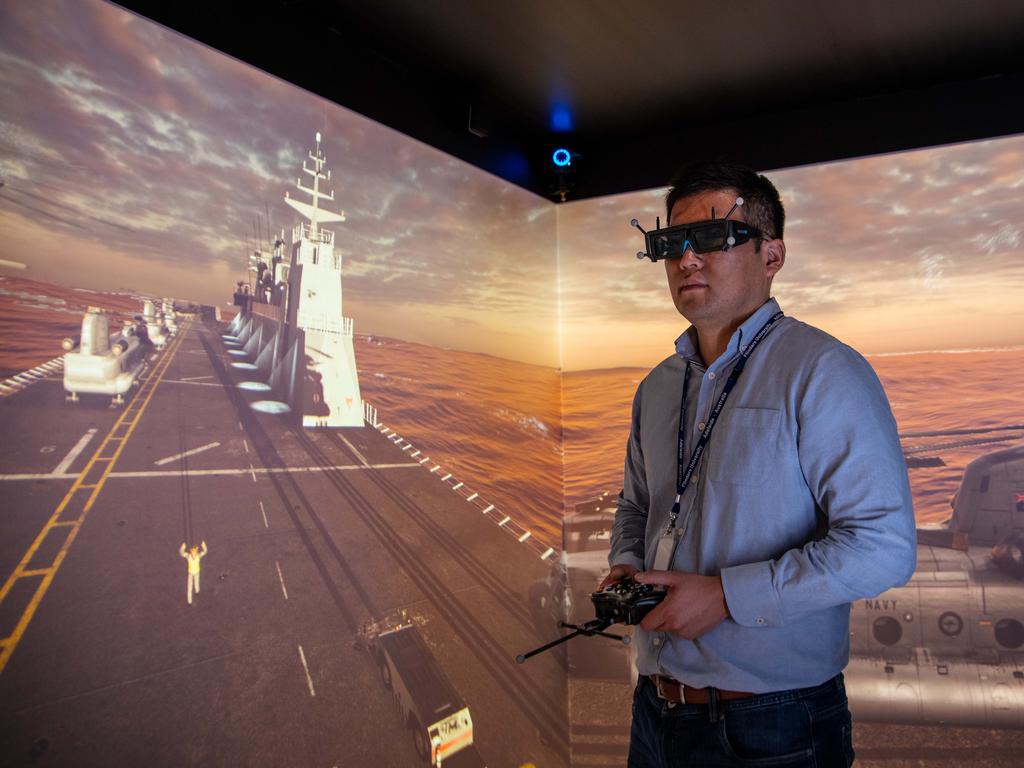
Chemical weapons remain a concern
It’s difficult to prevent rogue nations producing or developing chemical weapons in secret. But some sort of action and retaliation is expected for the nations that break the rules.

It’s difficult to prevent rogue nations producing or developing chemical weapons in secret. But some sort of action and retaliation is expected for the nations that break the rules.

By the time the “optimal pathway” for nuclear-powered submarines was revealed in San Diego last month, after 18 months of intense speculation, almost every detail had already leaked. Most observers assumed one or another of the plans would turn out to be correct; none guessed it would be all them.

Australia’s Defence Science and Technology Group (DSTG) and the University of Melbourne have developed an artificial intelligence-led platform designed to gather and analyse key intelligence sourced from social media sites.

The AUKUS program is an unparalleled advanced manufacturing opportunity that will be one of Australia’s largest ever economic investments. And Flinders University is ready to deliver.

Defence scientist Dr Nick Armstrong is using probability theory to help keep defence aircraft safe and ready to fly.

Working at the cutting edge of strategic research, our researchers, scientists and innovators are generating technologies that will safeguard our national security as we face the challenges ahead.

A new system, called CATJAT, has been designed to neutralise much of the IED threat facing Australian troops.

A new software tool will help enormously with safe fleet life management as these aircraft get older.

Defence’s Buccaneer Main Mission (BMM), launched before the end of this year, will look down at the Ionosphere from an orbital altitude of about 500km.

Advanced capabilities to defend against and deter adversaries are essential in today’s world. And Australian industry is in a unique and advantageous position to provide them.

Australia stands at an uncertain juncture. Our Defence leadership must now answer the question: is the Australian Defence Force (ADF) prepared for future conflict?

A small, Perth-based aviation engineering company, Innovaero, has been awarded a contract to develop a sovereign loitering munition with a range of 200km and a choice of payloads.

Australia faces an increasingly uncertain geopolitical environment that is being amplified by new battlefield technologies.

There are critical lessons for Australia from both sides of the Russia-Ukraine conflict that are directly and immediately applicable to our national security.

With the increasing presence of China in the South West Pacific, the importance of Cairns is certain to increase.

Queensland’s strategic geography, and the largest concentration of defence people, assets, bases, ports, training ranges and support sites means the state plays a critical role in the nation’s defence.

Queensland has significant industry and research strengths in robotic and autonomous systems and the state government has identified this as a key growth sector.

At Lockheed Martin Australia, space is among our fastest growing areas.

The changes Chief Defence Scientist Dr Tanya Monro is overseeing are designed to prepare the DSTG and Defence more broadly for the strategic environment’s growing uncertainties.

Missiles are getting faster – from subsonic to supersonic and now next generation hypersonic weapons are starting to be fielded.
Original URL: https://www.theaustralian.com.au/special-reports/defence/page/11